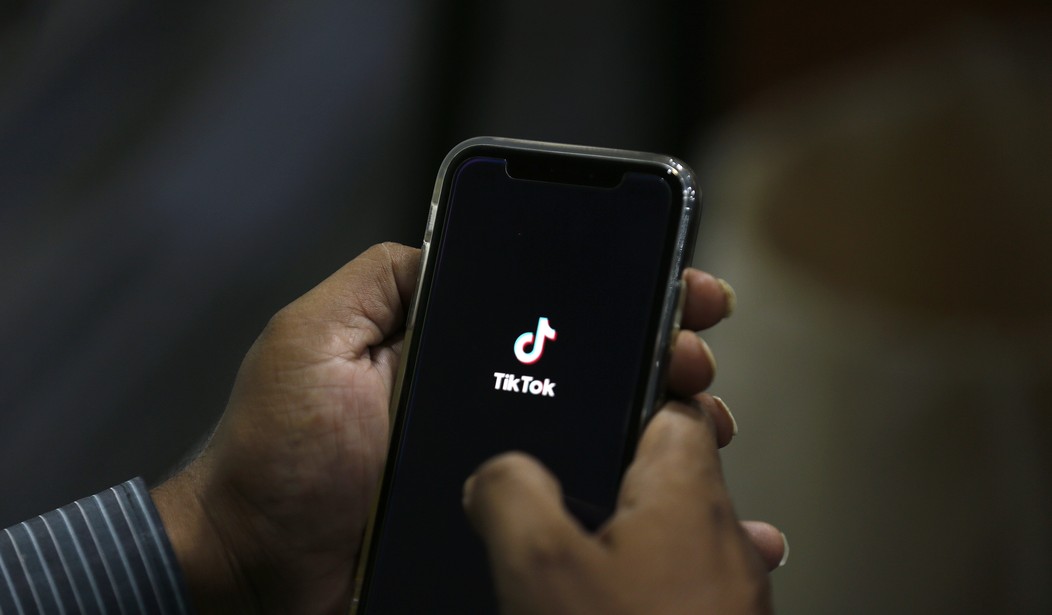The California legislature passed a measure that would hold social media companies like Tik Tok and Instagram liable for harming kids under 18 who have become addicted to social media websites. Businesses would be liable for a $25,000 fine for each violation.
According to the Associated Press, addiction will be defined as “kids under 18 who are both harmed — either physically, mentally, emotionally, developmentally or materially — and who want to stop or reduce how much time they spend on social media but they can’t because they are preoccupied or obsessed with it.”
“The era of unfettered social experimentation on children is over and we will protect kids,” said Assemblymember Jordan Cunningham, a Republican from San Luis Obispo County and author of the bill.
Naturally, this isn’t sitting well with social media companies or their trade group TechNet, a bipartisan network of technology CEOs and senior executives.
Despite those provisions, business groups have opposed the bill. TechNet, a bipartisan network of technology CEOs and senior executives, wrote in a letter to lawmakers that if the bill becomes law “social media companies and online web services would have no choice but to cease operations for kids under 18 and would implement stringent age-verification in order to ensure that adolescents did not use their sites.”
“There is no social media company let alone any business that could tolerate that legal risk,” the group wrote.
Lawmakers appeared willing to change the part of the bill that allows parents to sue social media companies, but none offered a detailed alternative. Instead, supporters urged their colleagues to pass the bill on Monday to continue the conversation about the issue in the state Capitol.
This is the “deep pockets” theory of government — social media companies are loaded, and giving lawsuit-happy parents another target to milk cash from is how some lawmakers see their jobs.
The Addiction Center defines social media addiction a little differently than the California House.
The phenomena of social media addiction can be largely attributed to the dopamine-inducing social environments that social networking sites provide. Social media platforms such as Facebook, Snapchat, and Instagram produce the same neural circuitry that is caused by gambling and recreational drugs to keep consumers using their products as much as possible. Studies have shown that the constant stream of retweets, likes, and shares from these sites cause the brain’s reward area to trigger the same kind of chemical reaction seen with drugs like Cocaine. In fact, neuroscientists have compared social media interaction to a syringe of dopamine being injected straight into the system.
But the Addiction Center admits that only 5-10 percent of people who use social media become “addicted.” If social media was, indeed, “a syringe of dopamine being injected straight into the system,” wouldn’t a lot more people become addicted?
At some point, free will has to be considered. The notion that kids “can’t resist” using social media may be true for some, but when does reluctance to stop using the platform become an “inability” to resist using a site?
Also, developing content aimed at children does not mean that a social media company is trying to get kids addicted. How can you hold a social media company liable for the unintended consequences stemming from content that many kids find enjoyable and that other children may become addicted to?
This proposal wouldn’t keep kids “safe,” and to pretend it does is ludicrous.










